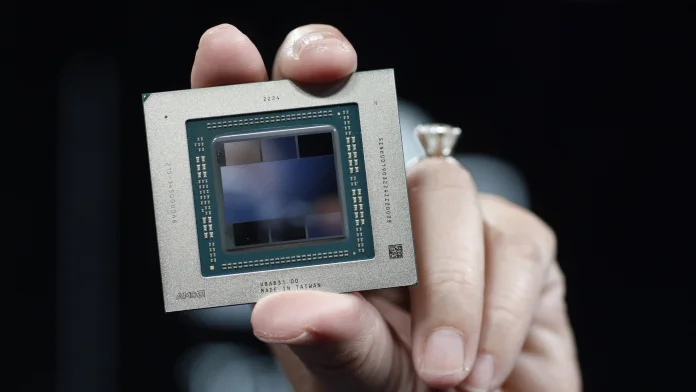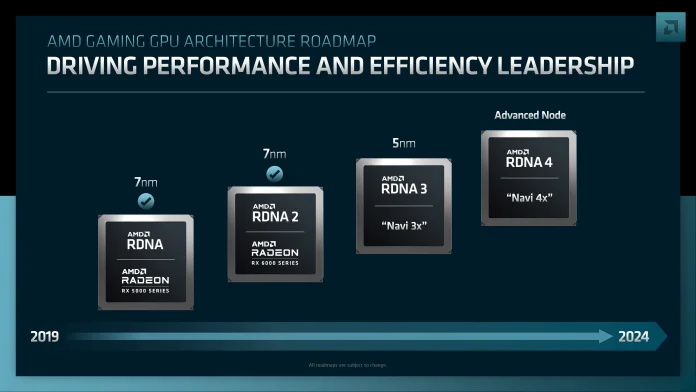AMD
''RDNA 4 with even greater performance in the near future'', said a company executive
In the last shaky weeks of 2022, AMD released the Radeon RX 7000 series with the RDNA 3 architecture, which took off at the top with the RX 7900 XTX and RX 7900 XT. The architecture became the first to take a graphics card chiplet design, a design methodology AMD has used for its processors since 2019 with the Ryzen 3000 "Matisse" series.
While many are waiting for graphics cards from AMD in lower performance segments, work is underway on future generations where the next one may be released sooner than expected. In an interview with Japanese 4Gamer David Wang, director of engineering at Radeon Technologies Group (RTG), and Rick Bergman, head of processors and graphics cards at AMD, talk about the future of the graphics side.
Currently, GPUs for PCs are constantly evolving from RDNA 1 to RDNA 2 and RDNA 3, and we promise to evolve to RDNA 4 with even higher performance in the near future.
Perhaps most interesting in the interview is that Bergman talks about RDNA 4, which is unsurprisingly a development of RDNA 3 with support for new finesse and superior performance. At the very least, RDNA 4 is also mentioned as coming "in the near future", a statement that comes just two months after AMD released the Radeon RX 7000 series with RDNA 3.
What the near future means concretely is yet to be seen and according to AMD's official product plans, RDNA 4 should be released at the furthest point in a range ending in the year 2024. However, the benevolent may interpret the presentation as the architecture seeing the light of day before, i.e. in 2023. There are also previous reports that said that AMD had already left RDNA 3 behind to focus fully on the next generation.
Twitter account @All_The_Watts and Youtube channel Redgamingtech both claimed that AMD has shifted most of its development resources from RDNA 3 to work on RDNA 4. As part of this, AMD has also put an upgrade of RDNA 3 on the shelf, which should make the Navi 31 graphics chip in the Radeon RX 7900 series handle over 3000 MHz right out of the box. That's to compare with today's top spec level of 2,500 MHz for the RX 7900 XTX.
According to the YouTube channel, AMD is said to have moved its capabilities to RDNA 4 because it's a "monumental effort" to bring the architecture to the door. The chiplet design that AMD is using with RDNA 3 involves the compute units being manufactured in 5 nanometers and parts such as memory controllers and cache memory being manufactured in an older, more cost-effective 6 nanometer technology, and with RDNA 4 it is believed that AMD is ready to take that step forward.
For years it has been said that both AMD and Nvidia, but also Intel, are planning graphics cards with various circuits oriented to computation. With this design, it would be possible, in theory, to easily create high-performance graphics cards by “simply” putting together more circuitry on a substrate. An example to illustrate this can be found on the processor side with the Epyc 9004 server series with the Zen 4 architecture, where AMD has extended the design to 96 cores with no less than 12 individual computing circuits of 8 cores each.
Using multiple circuits and combining them leads to higher latencies and this is something that AMD on the processor side manages to mask to some extent with large cache memories. Graphics calculations are significantly more sensitive to latency, and a similar design is not suitable there, which is also the reason why neither AMD nor Nvidia have yet brought this design to market.
Author: Jacob Hugosson


/i.s3.glbimg.com/v1/AUTH_da025474c0c44edd99332dddb09cabe8/internal_photos/bs/2025/i/o/OgpKFETzmWYcDYw8iKbQ/apple-iphone-17-4-bloomberg.jpg)
No comments:
Post a Comment